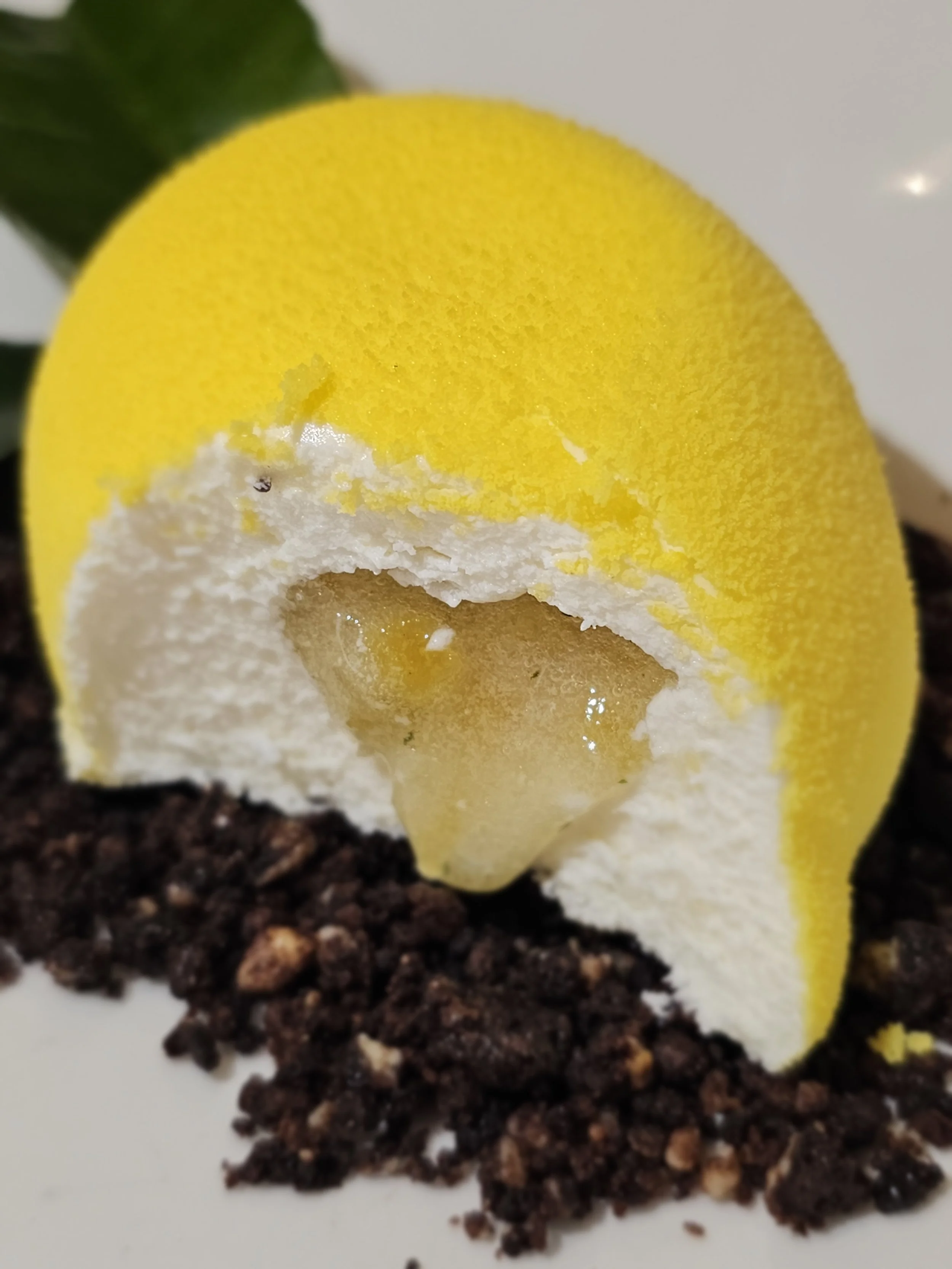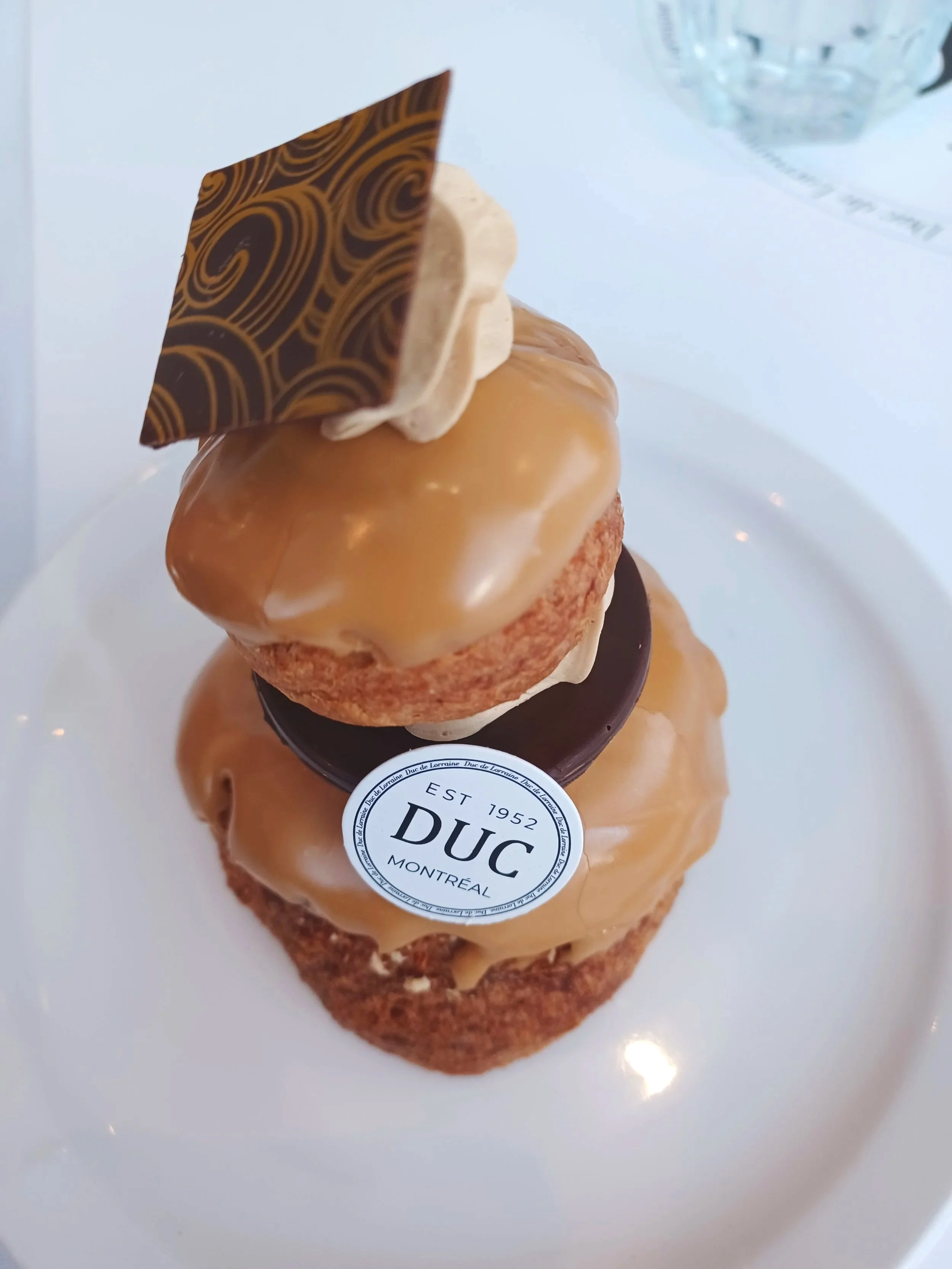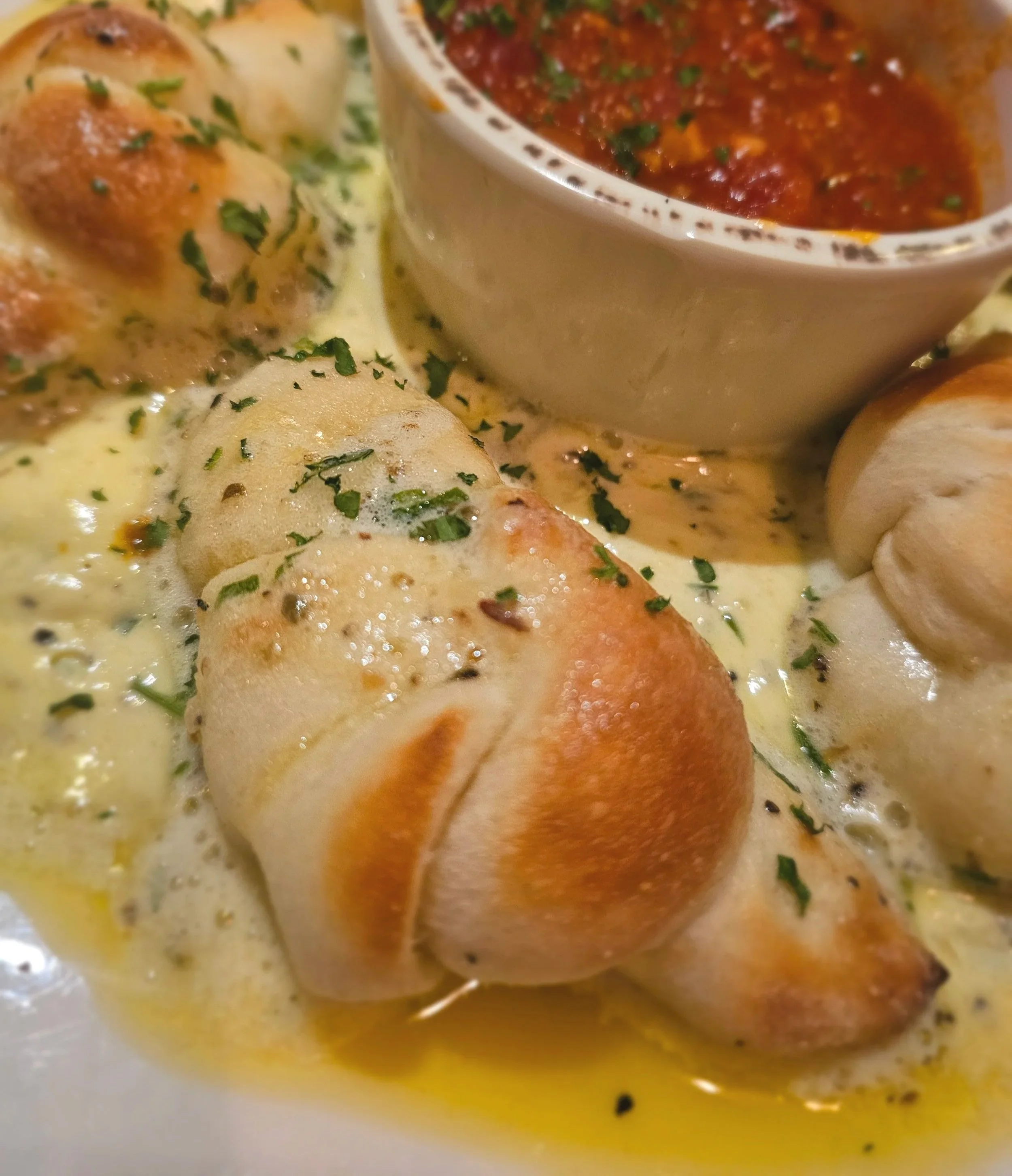Food
You Can Almost Taste It
Food photography is all about making your subject look as delicious as it tastes! Use natural light for vibrant colors and avoid harsh shadows to balance highlights and textures.
Angle matters—shooting from above works great for flat dishes like pizzas or salads, while a side angle highlights the layers of a towering burger or cake.
Keep the background clean and consider adding props like utensils or napkins for a lifestyle feel. With thoughtful composition and a few tweaks, you’ll have your food photos looking restaurant-menu ready!
Montreal, Quebec: The stunning display at Olive and Gourmand Restaurant in the Old Town is truly a feast for the eyes—almost like a beautiful work of art. Unlike many pastry shops, here every treat tastes just as incredible as it looks, making it an irresistible temptation for guests.
Great food photography not only captures the colors and shapes of a dish but also highlights and celebrates its textures. Whether it’s the crispiness of a crust, the smooth creaminess of a sauce, or the delicate flakiness of pastry layers, emphasizing texture adds depth and makes the food look irresistibly real and inviting.
Istanbul, Turkey: The streets are lined with an incredible variety of baklava, a dessert famous as much for its unique textures as for its delicious taste. Using food mode, we captured the flaky pastry layers and chopped nuts so vividly, you can almost reach out and grab a piece.
Vancouver, British Columbia: One of the perks of photographing your favorite meals? It makes recreating them at home so much easier. Find a similar recipe online, but don’t forget to capture that beautiful plating — like the one above from the stunning Yasma, an incredible waterfront Syrian-Lebanese restaurant. It’s the perfect mix of delicious and picture-perfect.
Trouble Shooting
St. Moritz, Switzerland: The original photo taken at Caruso’s restaurant was truly terrible —it had harsh yellow tones and strange shadows which took away from the beauty of this truffle pasta. The culprit? A gold-painted dome light directly above us. Our solution: a bit of teamwork. Using my companion’s mobile phone flashlight (my flashlight will not work in camera mode), we held it overhead to bounce in soft, natural-looking light. The result? A much more appetizing photo that finally does this delicious dish justice.
Timing Matters
In most cases, it’s best to hold off on that first bite until you’ve finished taking pictures—with just a few exceptions! In the image above, what was inside the dessert turned out to be the real story. We did tidy up the chocolate crumbles a bit once we realized we wanted to capture the treat in all its glory!
Backgrounds Matter
✨ Keep your background clean and simple! A busy backdrop can pull attention away from your subject (like that gorgeous pastry below). Instead, try moving a few things out of the frame, or even change your own position to block distractions. Shooting from a higher angle can also help simplify what’s behind your subject. The cleaner the background, the more your food (or whatever you’re photographing) gets to shine.
Before & After
In the first photo, the background feels a little chaotic—you can spot glasses on the table, part of an arm, even the waiter’s pants. All those details distract from the real star: the stunning pastries at Duc de Lorraine.
In the second photo, the story changes. By adjusting the angle and shooting from above, the distractions disappear and the pastry shines. It’s a simple shift that transforms the image and does justice to one of Montréal’s—and Canada’s—most iconic pastry destinations… and in case you were wondering, yes, it does taste as good as it looks.
Tips for Taking Beautiful Photos of Food with Your Smartphone
🍃 Use Natural Light
Soft, natural light from a window enhances textures and colors. Avoid using flash, which can create harsh shadows and make food look unappetizing.
📐 Find the Best Angle
Some dishes look best from above (flat lays for pizzas, salads, and platters), while others, like burgers and stacked foods, are better captured from the side. Experiment with angles to find the most appetizing shot.
🧹 Keep the Background Simple
A clean table, wooden board, or neutral plate keeps the focus on the food. Cluttered backgrounds can be distracting.
🔍 Highlight Textures and Details
Zoom in to capture melted cheese, crisp edges, steam rising from a hot dish, or juicy fruit for added appeal.
🎨 Use Food, Close Up or Portrait Mode for Depth
On dishes with multiple layers or garnishes, Portrait Mode can blur the background and make the food stand out beautifully.
🌈 Balance Colors and Composition
Complementary colors (like bright greens against a rich red sauce) make food pop. The Rule of Thirds helps frame the dish in a visually appealing way.
💧 Add Movement
Pouring syrup, cutting into a dish, or lifting a cheesy slice of pizza can add an interactive element to the shot. Burst Mode or Live Photos can help capture these dynamic moments.
✨ Use Reflections and Shadows
A soft reflection from a glossy plate or dramatic side lighting can add depth and character to food photography.
🌿 Garnish for Extra Appeal
Fresh herbs, powdered sugar, or a drizzle of sauce can enhance the visual appeal. Small details make a dish look restaurant-worthy.
🦾 Steady Your Shot
Avoid blur by resting your elbows on the table or using a mini tripod for stability, especially in low light.
🛠️ Edit for Natural Enhancements
Slightly boost brightness, contrast, and sharpness to enhance textures and colors—but avoid over-editing, which can make food look artificial.
🚫 Avoid Overhead Lights in Restaurants
Yellow-tinted lighting can distort colors. If you’re dining out, try shifting plates near a window or using your phone’s white balance settings to correct the color cast. Alternatively, and even easier, use the flashlight on a friend’s phone, held high above the dish to cast a sift light and eliminate unwanted shadows.
So you made it to the end of the page… here’s your reward if you are from the Atlanta area or visiting soon. Not every food image needs to be of a “gourmet” item—sometimes it’s just about comfort.
🍕 For us, that’s Crust Pasta and Pizzeria in Alpharetta, Georgia…. so good!
Their garlic rolls alone are a dream! 🧄❤️ Better Italian food than we’ve ever had in Italy! This is not an ad, we are just really, really big fans and we could not do a food page without a nod to our local heros!
Return to Subject Categories
“ When you photograph food, you’re not just capturing an image. You’re evoking the senses of taste and smell.”















